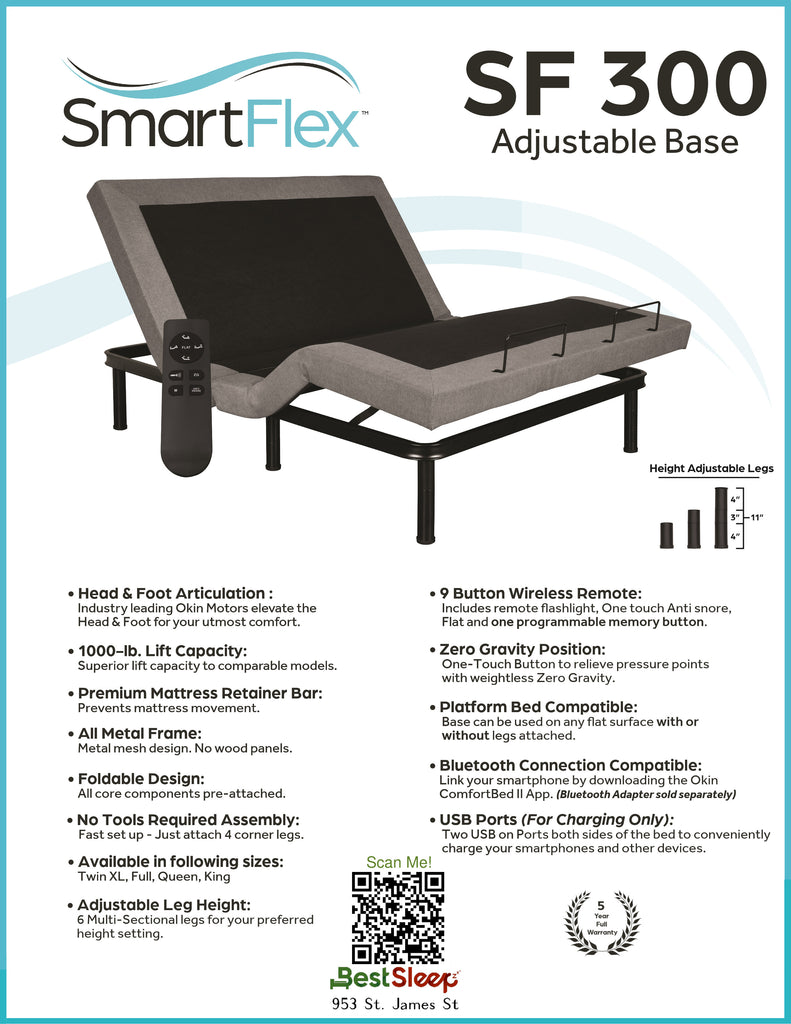When it comes to installing baseboards, having the right tools can make all the difference between a smooth, professional finish and a frustrating, time-consuming project. You might be wondering which tools you truly need to get the job done quickly and with precision.
Whether you’re a beginner or tackling a full home makeover, this guide will help you discover the best tools for your base application. From measuring and cutting to fastening and finishing, knowing exactly what to use will save you time, reduce errors, and give your space that polished look you’re aiming for.
Ready to transform your walls with confidence? Keep reading to find the essential tools that will make your baseboard installation easier and more effective than ever.

Credit: www.meilisearch.com
Cutting And Measuring Tools
Cutting and measuring tools form the foundation of any baseboard installation project. Precise cuts and accurate measurements ensure a clean, professional look. The right tools help reduce waste and save time. They also make fitting baseboards easier, especially around corners and irregular walls.
These tools are simple but essential. They include saws for cutting angles, tapes for measuring lengths, and squares and compasses for marking. Using these tools correctly improves the quality of your work and speeds up the process.
Miter Saw For Precision Cuts
The miter saw is key for making sharp, angled cuts on baseboards. It lets you cut corners accurately at various angles. This tool is easy to use and saves effort compared to manual saws. With a miter saw, you get clean edges that fit tightly together. It is especially useful for inside and outside corners.
Measuring Tape Essentials
A measuring tape is a must-have tool for baseboard installation. It measures wall lengths and baseboard pieces accurately. Good measurements prevent mistakes and wasted materials. Choose a tape with clear markings and a locking feature. This helps keep measurements steady and easy to read. Measuring tape is simple but critical for a successful project.
Speed Square And Compass
The speed square helps mark straight lines and perfect angles quickly. It is useful for guiding saw cuts and checking corners. The compass or wood scribe is helpful for fitting baseboards against uneven walls. It allows you to trace curves and irregular shapes precisely. These tools improve the fit and finish of your baseboards significantly.

Credit: userpilot.com
Fastening Equipment
Fastening equipment plays a key role in baseboard installation. It holds the baseboards firmly to the wall. Choosing the right tools ensures a strong and clean finish.
Proper fastening avoids damage to the baseboards and walls. It also speeds up the installation process. Using the correct equipment makes the job easier and more precise.
Brad Nailer Vs Finish Nailer
A brad nailer uses thin nails ideal for delicate trim. It prevents splitting thin baseboards. Brad nails leave small holes that need less filling.
Finish nailers use thicker nails for stronger holding power. They work well with wider, heavier baseboards. Finish nails are less likely to bend during installation.
Brad nailers suit small, detailed work. Finish nailers are better for larger jobs needing extra strength. Both tools improve speed and quality over a hammer.
Stud Finder Benefits
Stud finders locate wooden studs behind walls. They help place nails in solid wood for secure fastening. This prevents nails from missing studs and weakening the hold.
Using a stud finder reduces wall damage from misplaced nails. It saves time by showing exact stud locations. This tool makes baseboard installation more reliable and neat.
Manual Tools For Touch-ups
Manual tools are useful for small fixes during installation. A hammer and nail set help set nails flush with the wood. This avoids damage to the baseboard surface.
Hand tools allow careful control in tight spots where nailers can’t reach. They help repair minor mistakes quickly. These tools ensure the finished baseboard looks smooth and clean.
Preparation And Finishing Supplies
Preparation and finishing supplies are essential for a flawless baseboard installation. These materials help create smooth edges, fill gaps, and provide a clean, polished look. Proper use of these tools ensures durability and enhances the appearance of the baseboards.
Using the right supplies during preparation and finishing will save time and effort. It also prevents common issues like cracks or uneven surfaces. Investing in quality materials makes the installation process easier and improves final results.
Caulk And Caulk Gun
Caulk fills gaps between the baseboard and the wall. It hides small cracks and uneven edges. A caulk gun helps apply caulk smoothly and evenly. Choose paintable caulk for easy finishing. Use a damp finger or tool to smooth the caulk line. This step improves both appearance and durability.
Sanding Techniques
Sanding smooths rough edges and surfaces on baseboards. Start with coarse sandpaper to remove large imperfections. Then switch to fine grit for a polished finish. Sand in the direction of the wood grain. Use a sanding block for flat surfaces. Proper sanding ensures better paint or stain adhesion.
Primer And Paint Options
Primer prepares the baseboard surface for paint. It improves paint adhesion and durability. Choose a primer suitable for the material of your baseboard. Use water-based primers for easy cleanup. Select paint that matches your room’s style. Semi-gloss or satin finishes work well on baseboards. Apply multiple thin coats for a smooth finish.
Removal Tools
Removal tools are essential for taking off old baseboards carefully. Using the right tools prevents damage to walls and makes the job easier. These tools help you remove baseboards quickly and cleanly.
Using A Pry Bar Safely
A pry bar helps lift baseboards from the wall without breaking them. Place a thin wood block between the pry bar and wall to protect the surface. Work slowly and gently to avoid cracking the drywall. Move the pry bar along the baseboard to loosen it evenly. Keep your hands clear of sharp edges to prevent injury.
Hammer And Putty Knife Uses
A hammer works well with a putty knife for removing nails and loosening baseboards. Insert the putty knife behind the baseboard to create space. Tap the putty knife lightly with a hammer to ease the baseboard away from the wall. Use the hammer’s claw to pull out stubborn nails carefully. This method reduces damage and speeds up removal.
Efficiency Boosters
Efficiency boosters enhance your work speed and accuracy when installing baseboards. These tools and tips help reduce effort and waste less time. A smooth workflow means better results and less frustration.
Air Compressor Advantages
An air compressor powers pneumatic nailers for quick fastening. It saves time compared to hammering nails manually. Consistent pressure ensures nails go in evenly. This tool reduces hand fatigue and speeds up the process. Portable compressors allow easy movement around the workspace. They work well for both small and large baseboard projects.
Tool Maintenance Tips
Keep tools clean to avoid rust and damage. Wipe down air compressors after each use. Check nailers regularly for jammed nails or loose parts. Lubricate moving parts to maintain smooth operation. Store tools in a dry place to prevent moisture buildup. Sharp blades and clean tools improve cutting precision. Regular maintenance extends tool life and performance.
Choosing The Right Tools
Choosing the right tools is key to a smooth baseboard installation. The tools should fit the project size and complexity. Picking the correct tool set saves time and effort. It also ensures clean, professional results every time.
Matching Tools To Project Needs
Start by assessing the project requirements. Small rooms may need fewer tools than large spaces. Measure walls carefully to decide on tool types. For cutting corners, a miter saw is essential. A stud finder helps locate the best nailing spots. Use a brad nailer for quick and neat fastening. For uneven walls, a wood scribe or compass works best. These tools help cut baseboards to fit perfectly.
Budget-friendly Picks
Quality tools do not always cost a lot. Basic versions of miter saws and nailers are affordable. Hand tools like hammers and measuring tapes are budget-friendly and reliable. A pry bar is useful for removing old baseboards without damage. Choose caulk guns and sandpaper that offer good value. These picks help keep costs low without losing quality. Investing in essential tools ensures the job gets done well.

Credit: www.bestsleepcentre.com
Frequently Asked Questions
What Tools Do You Need To Install Baseboards?
You need a miter saw, tape measure, stud finder, brad or finish nailer, caulk gun, sandpaper, hammer, and pry bar to install baseboards.
What Is The 7% Rule For Baseboards?
The 7% rule for baseboards means baseboard height should be about 7% of the wall height for balanced proportions.
What Is The Best Thing To Use For Baseboards?
The best baseboard materials are MDF, pine, or hardwood for durability and easy painting. Use a miter saw, brad nailer, caulk, and paint for a clean finish.
What Are Common Baseboard Installation Mistakes?
Common baseboard installation mistakes include inaccurate measurements, improper miter cuts, missing stud alignment, uneven nailing, and neglecting to fill gaps or nail holes.
What Tools Are Essential For Installing Baseboards?
A miter saw, stud finder, brad nailer, tape measure, caulk gun, and hammer are essential tools.
How Does A Miter Saw Help In Baseboard Installation?
It provides precise angled cuts needed for fitting corners perfectly in baseboard installation.
Conclusion
Choosing the right tools makes baseboard installation easier and neater. A miter saw ensures clean cuts, while a stud finder helps secure the boards firmly. Nailers speed up fastening, and caulk fills gaps smoothly. Sandpaper and paint give a polished look.
Removing old baseboards needs a pry bar and hammer. Using these tools saves time and effort. Start with simple steps and enjoy your improved space. The right tools make all the difference in your project’s success.
 Skip to content
Skip to content 